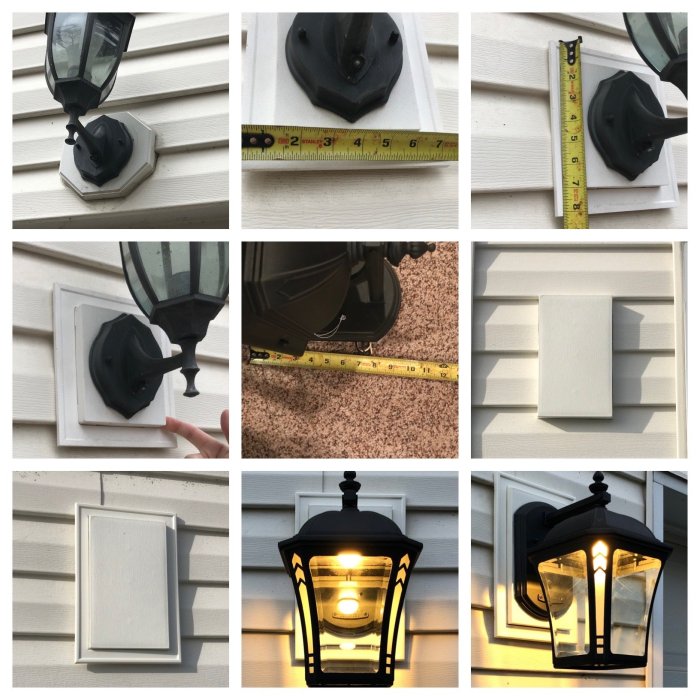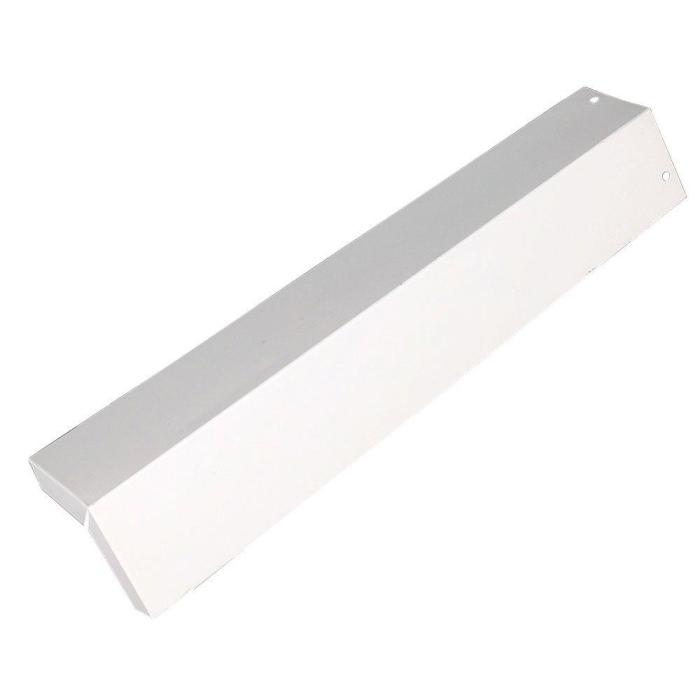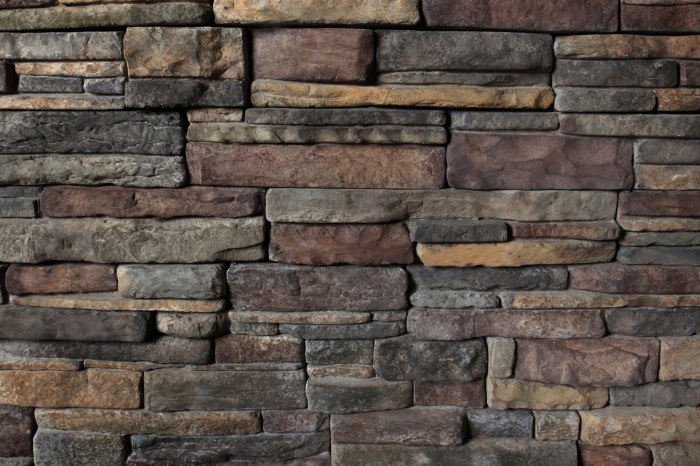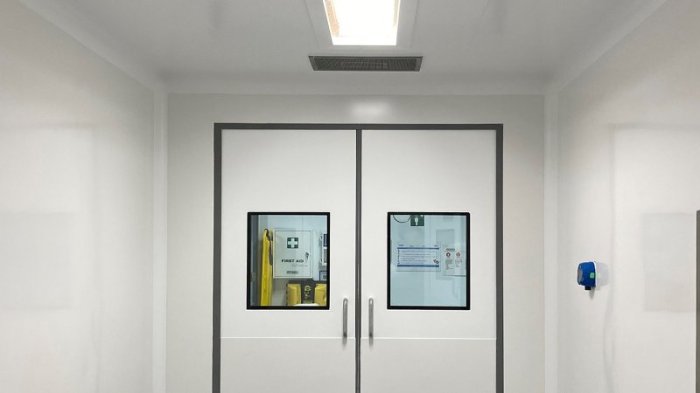How to Hang Lights on Vinyl Siding Safely
Safety Precautions
How to hang lights on vinyl siding – Hanging lights on vinyl siding, while enhancing your home’s exterior, requires careful attention to safety. Failing to prioritize safety can lead to serious injury or damage. This section details crucial safety measures to ensure a successful and hazard-free installation.
Insulated Gloves and Electrical Safety
Working with electricity always presents a risk of electric shock. Even low-voltage lighting systems can cause harm if proper precautions are not taken. Insulated gloves, rated for the voltage of your lighting system, provide a crucial barrier between your skin and electrical components.
These gloves should be in good condition, free from cuts or tears, and appropriately sized for a secure fit. Always inspect your gloves before each use and replace them if any damage is detected. Never work with electricity if you are unsure of your capabilities; consult a qualified electrician if needed.
Preventing Falls from Ladders
Ladders are frequently used when installing exterior lighting, and falls are a significant hazard. To prevent falls: always use a ladder that is the appropriate height for the job, ensuring it extends at least three feet above the mounting point.
The ladder should be placed on a firm, level surface, and secured if possible. Never overreach while on a ladder; maintain three points of contact (two hands and one foot, or two feet and one hand) at all times.
Consider using a spotter to help maintain balance and stability. Before climbing, inspect the ladder for any damage, ensuring all locks and latches are secure.
Safely Disconnecting Power
Before commencing any electrical work, it’s paramount to disconnect the power supply to the area where you’ll be working. This prevents accidental shocks and electrocution. Follow these steps:
- Locate your electrical panel. This is usually a metal box located inside your home.
- Turn off the circuit breaker that controls the power to the exterior lights or the area where you will be working. It is advisable to label the breaker before switching it off.
- Test the circuit with a non-contact voltage tester to verify that the power is indeed off. This is a crucial step to ensure your safety.
- Once you’ve confirmed the power is off, you can proceed with the installation.
Essential Safety Equipment Checklist
Prior to beginning the installation, ensure you have the following safety equipment:
- Insulated gloves rated for the voltage of your lighting system
- Safety glasses to protect your eyes from debris
- A sturdy ladder appropriate for the height required, in good condition
- A non-contact voltage tester to verify power is off
- Work gloves (in addition to insulated gloves if working with sharp objects)
- A hard hat (if working at significant heights)
Choosing the Right Lights and Hardware
Selecting the appropriate lighting and mounting hardware is crucial for a successful and safe outdoor lighting installation on vinyl siding. The wrong choice can lead to damage to your siding, ineffective lighting, or even safety hazards. This section will guide you through choosing the best options for your needs.
Types of Outdoor Lighting for Vinyl Siding
Several types of outdoor lighting are suitable for vinyl siding, each with its own advantages and disadvantages. LED lights are increasingly popular due to their energy efficiency and long lifespan. String lights offer a decorative, ambient glow, perfect for creating a festive atmosphere.
Solar-powered lights provide a convenient, eco-friendly option, eliminating the need for wiring. However, their brightness and reliability can be affected by weather conditions and sunlight availability. Traditional incandescent or halogen lights are less energy-efficient and have shorter lifespans compared to LEDs.
Mounting Methods for Vinyl Siding
Various mounting methods exist, each with its own pros and cons. Using specialized clips designed for vinyl siding minimizes the risk of puncturing or damaging the siding. These clips typically clamp onto the siding, providing a secure hold for the lights without requiring any drilling or screws.
Hooks, while potentially easier to install, may require more careful placement to avoid damaging the siding and should only be used with lightweight fixtures. Screw-in mounts should be avoided unless absolutely necessary, as they can create holes that compromise the siding’s integrity and water resistance.
Light Fixture Selection Criteria
When selecting light fixtures, weight and weather resistance are paramount. Heavier fixtures increase the risk of damaging the siding or pulling away from the mounting method. Always choose fixtures explicitly rated for outdoor use, indicating their ability to withstand various weather conditions, including rain, snow, and extreme temperatures.
Look for fixtures with a high Ingress Protection (IP) rating, which indicates the level of protection against dust and water. A higher IP rating signifies better protection. For example, an IP65 rating indicates protection against low-pressure water jets.
Comparison of Outdoor Lighting Options, How to hang lights on vinyl siding
| Lighting Type | Advantages | Disadvantages | Mounting Suitability |
|---|---|---|---|
| LED String Lights | Energy-efficient, long lifespan, decorative, various styles available | Brightness can be limited, may require more strings for adequate illumination | Clips or lightweight hooks |
| LED Path Lights | Bright, durable, energy-efficient, directional lighting | Can be more expensive than string lights, requires more careful placement | Clips or specialized ground spikes |
| Solar-Powered LED Lights | No wiring required, eco-friendly, low maintenance | Brightness depends on sunlight availability, battery life can be limited, less bright than wired options | Clips or stakes |
Installation Methods
Choosing the right installation method for your holiday lights depends on several factors, including the weight of the lights, the type of siding, and your personal preference. Each method offers a different level of security and ease of installation.
Below, we detail three common approaches, complete with visual descriptions to guide you through the process.
Hanging Lights with Hooks
This method is suitable for lighter weight string lights and requires minimal tools. The process involves using specialized hooks designed for vinyl siding, preventing damage to the siding itself.
Step 1: Hook Placement.First, plan the placement of your lights. Ideally, you want to space the hooks evenly along the desired area. [Image Description: A close-up image shows a person carefully measuring the distance between planned hook locations on vinyl siding.
A measuring tape is visible, and the siding is light grey in color.]
Step 2: Hook Installation.Gently insert the hook into the seam between two vinyl siding panels. Ensure the hook is firmly seated and secure. [Image Description: A detailed image displays a person inserting a small, plastic hook into the seam between two vinyl siding panels.
The hook is designed to grip the siding without piercing it. The siding is white.]
Step 3: Hanging the Lights.Carefully drape the lights over the hooks, ensuring they are evenly spaced and not too taut. [Image Description: A wide shot showcases a string of warm-white LED lights hanging evenly from hooks placed along a section of beige vinyl siding.
The lights are gently draped, not stretched tightly.]
Installing Lights with Clips
Vinyl siding clips provide a more secure and often less visible method for hanging lights. These clips usually clamp onto the siding, holding the lights firmly in place.
Step 1: Clip Placement and Pre-Drilling (if necessary).Plan your clip placement, ensuring they are spaced appropriately. Some clips may require pre-drilling pilot holes for added security, especially on thicker siding. [Image Description: The image shows a person marking locations on vinyl siding with a pencil. A drill with a small drill bit is also visible.
The siding is dark green.]
Step 2: Clip Installation.Carefully attach the clips to the siding, following the manufacturer’s instructions. Most clips will use screws or other fasteners for secure attachment. [Image Description: A detailed close-up shows a person using a screwdriver to fasten a clip to the vinyl siding.
The clip is white plastic and securely grips the siding. The screwdriver is silver.]
Step 3: Hanging the Lights.Once the clips are installed, simply hang the lights from the clips. [Image Description: A photograph displays a string of multicolored lights clipped securely to the vinyl siding. The clips are barely visible against the siding, which is a light blue color.]
Attaching Lights Directly to Siding (Specialized Fasteners)
This method is less common and generally only recommended for heavier lights or permanent installations. It requires specialized fasteners designed to penetrate the siding without causing damage. This is not recommended for all siding types and may void warranties.
Always check with your siding manufacturer for approval before attempting this method.
Step 1: Fastener Selection and Pre-Drilling.Choose fasteners specifically designed for vinyl siding and pre-drill pilot holes to prevent cracking or splitting. [Image Description: The image showcases a variety of specialized fasteners designed for vinyl siding, alongside a close-up of a pre-drilled hole in a piece of vinyl siding.
The fasteners are made of various materials, including plastic and metal.]
Step 2: Fastener Installation.Securely attach the fasteners to the siding, following the manufacturer’s instructions. [Image Description: The image shows a person carefully screwing a specialized fastener into the pre-drilled hole in the vinyl siding. The fastener is designed to grip the siding securely without causing damage.]
Step 3: Attaching the Lights.Attach the lights directly to the fasteners. [Image Description: The image shows a section of Christmas lights securely attached to the vinyl siding using the specialized fasteners. The lights are evenly spaced and securely fastened.]
Summary of Installation Methods
Below is a summary of the three methods discussed, outlining their advantages and disadvantages.
- Hooks:Easiest method, suitable for lightweight lights. Less secure than clips or direct attachment.
- Clips:More secure than hooks, less visible, suitable for medium-weight lights. Requires more installation time.
- Direct Attachment (Specialized Fasteners):Most secure method, suitable for heavy lights or permanent installations. May require more skill and potentially damage siding if not done correctly; check with your siding manufacturer before using this method.
Dealing with Specific Challenges
Hanging lights on vinyl siding presents unique challenges due to the material’s composition and varied profiles. Successful installation requires careful consideration of the siding’s structure and the potential for damage. This section addresses common difficulties and provides solutions for a safe and aesthetically pleasing outcome.
Siding Profile Variations
Different vinyl siding profiles, such as clapboard, shingle, or vertical, necessitate varied approaches to light installation. Clapboard siding, with its overlapping horizontal panels, often requires using specialized clips or hooks designed to grip the siding without piercing it. Shingle siding, with its textured, layered appearance, may necessitate a more cautious approach to avoid damaging the individual shingles.
Vertical siding presents a different challenge altogether, requiring fasteners that can securely attach to the vertical surface without compromising the siding’s integrity. Choosing the appropriate hardware for each profile is crucial to prevent damage and ensure a secure installation.
Avoiding Siding Damage
Preventing damage to the vinyl siding is paramount. The use of appropriate fasteners, such as specialized vinyl siding clips or hooks, is essential. These clips are designed to grip the siding without puncturing it, minimizing the risk of cracking or tearing.
Avoid using nails or screws that are too long or too sharp, as these can easily penetrate the siding and cause damage. Pre-drilling pilot holes before installing any fasteners can significantly reduce the risk of splitting the vinyl.
Furthermore, using a soft-faced mallet or rubber hammer to gently tap fasteners into place can further mitigate the risk of damage. Always choose fasteners that are specifically designed for use with vinyl siding.
Uneven Surfaces and Their Resolution
Uneven surfaces can pose a significant challenge when installing lights on vinyl siding. Bumps, dips, or variations in the siding’s plane can make it difficult to achieve a straight, even line of lights. In such cases, it is important to carefully assess the surface and use shims or spacers to create a level mounting surface for the lights.
This will ensure that the lights hang straight and evenly, enhancing the overall aesthetic appeal of the installation. Using flexible mounting straps or adjustable clips can also help to accommodate minor irregularities in the siding surface. For significant unevenness, consider adjusting the placement of the lights to avoid the problematic areas.
Troubleshooting Common Installation Problems
Several common problems can arise during the installation of lights on vinyl siding. One common issue is loose or unstable lights. This often stems from improper fastener selection or installation. Using stronger, more appropriate fasteners and ensuring they are securely attached to the siding will solve this.
Another issue might be the lights hanging unevenly, which can result from an uneven mounting surface or improper spacing. Employing shims or spacers and careful measurement during installation will remedy this. Lastly, damage to the vinyl siding may occur from improper fastener use.
Always pre-drill pilot holes, use appropriate fasteners, and handle the siding with care to prevent damage. Addressing these potential problems proactively will ensure a successful installation.
Post-Installation Checks: How To Hang Lights On Vinyl Siding
After completing the installation of your outdoor lights on your vinyl siding, it’s crucial to perform a thorough inspection to ensure both safety and longevity. This involves verifying electrical connections, confirming secure fastening, and testing the lights’ functionality. Neglecting these checks could lead to electrical hazards or premature light failure.
Electrical Connection Verification
Proper electrical connections are paramount for safe and reliable operation. Begin by visually inspecting all wire connections, ensuring they are snug and free of any exposed wires. Look for signs of overheating, such as discoloration or burning smells.
If using a junction box, ensure the cover is securely fastened and weatherproof. A faulty connection can lead to overheating, which poses a fire risk. For added safety, consider using a non-contact voltage tester to confirm that power is flowing correctly to each light fixture.
This simple check will help identify any potential short circuits before they become a problem.
Secure Fastening and Weather Resistance
Once the electrical connections are verified, assess the physical security of the lights. Each light fixture should be firmly attached to the siding, with no visible movement or looseness. Pay close attention to areas that may be exposed to strong winds or heavy rain.
Loose fixtures are vulnerable to damage from the elements and could potentially fall, causing injury or damage. If any lights appear loose, retighten the fasteners. Consider using additional weatherproof sealant around the mounting points to further enhance protection against moisture and wind.
Remember, preventative measures significantly increase the lifespan of your lighting.
Testing the Lights
After ensuring secure fastening and verifying electrical connections, it’s time to test the lights. Switch the lights on and visually inspect each bulb for proper illumination. Look for flickering, dimming, or any other irregularities. Any malfunctioning light indicates a potential problem with either the bulb, wiring, or the fixture itself.
If a problem is detected, it’s advisable to consult an electrician before further use to prevent potential hazards. Testing at different times of day (especially during periods of rain or high winds) will help ensure they are fully functional in various weather conditions.
For example, testing during a rainstorm will confirm that the fixtures are indeed waterproof.
Light Maintenance and Longevity
Regular maintenance is key to extending the lifespan of your outdoor lights. Periodically clean the light fixtures to remove dirt and debris, which can reduce light output and potentially cause overheating. Inspect the wiring and connections for any signs of damage or wear, and replace any damaged components immediately.
Also, check the bulbs regularly and replace them as needed. Regular cleaning and timely repairs will prevent small issues from escalating into larger, more costly problems. For example, a simple annual cleaning can significantly extend the life of your lights by preventing the accumulation of dirt and grime.
Closing Summary

Successfully hanging lights on your vinyl siding is a rewarding experience that transforms your home’s exterior. By following the safety guidelines, selecting appropriate lighting and hardware, and carefully executing the installation, you can create a stunning and long-lasting display. Remember to prioritize safety throughout the process, and always double-check your work before restoring power.
With a little planning and attention to detail, you can enjoy the beauty of your illuminated home for years to come, transforming ordinary evenings into extraordinary spectacles.




